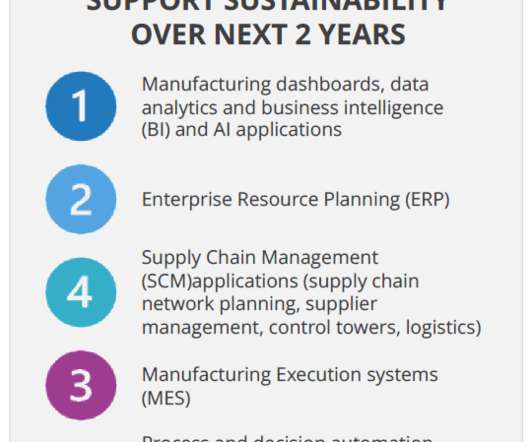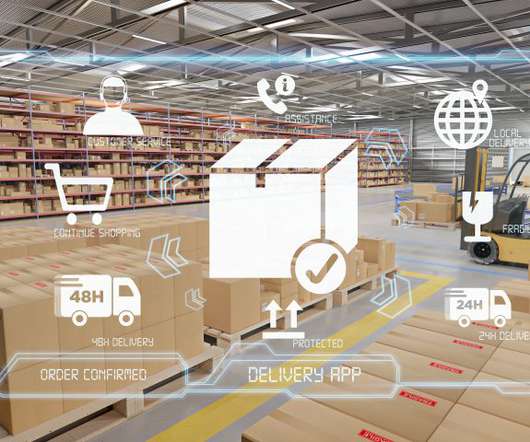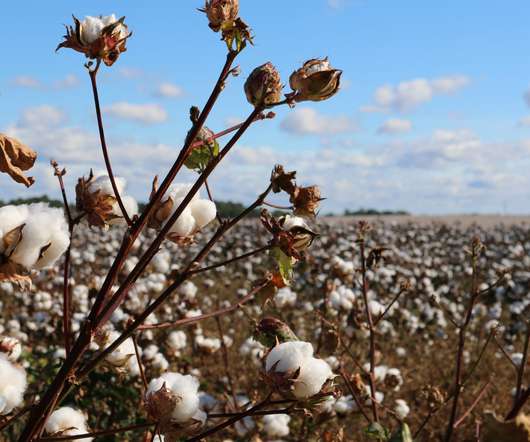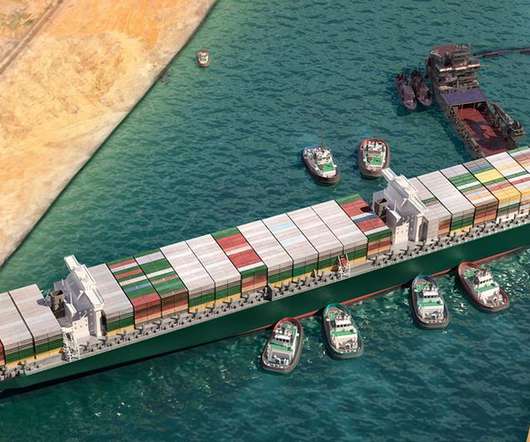Driving Sustainable Supply Chain Change
The Logistics & Supply Chain Management Society
APRIL 26, 2022
By 2025, to improve long-term supply chain profitability, 60% of manufacturers in global supply chains will invest in software tools to support sustainability and circular economy business models.”. Source: IDC FutureScape: Worldwide Supply Chain 2022 Predictions — APEJ Implications.
























Let's personalize your content